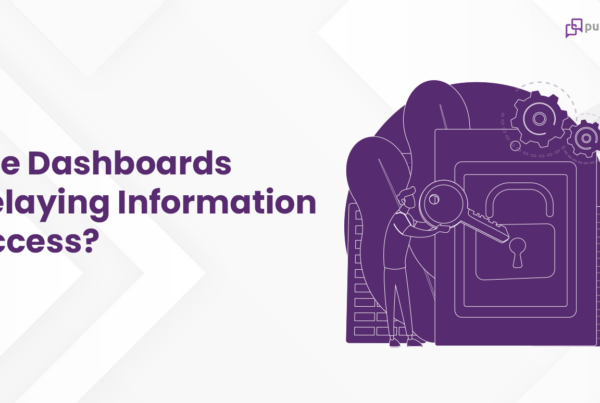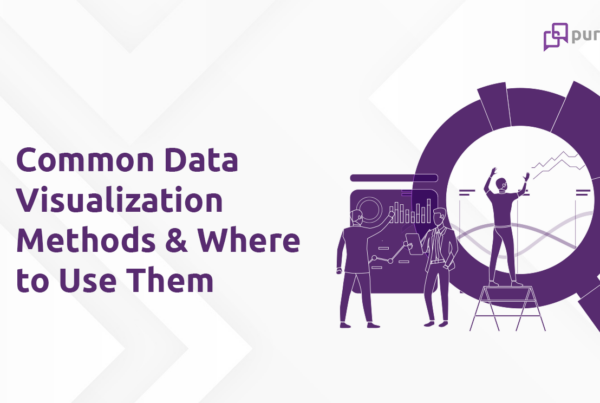
Wonder, what is Kea?
Good question.
Here is our definition of our application Kea.
A Smart, Knowledgeable, Virtual Data Analyst that can mine millions of rows of data, provide answers and more, in the Language you speak.
What do we mean by that?
Kea is a cloud based software application that can provide answers to its users’s question, on any dataset that it is trained on.
It understands natural language (English, for now) in both verbal and textual form and responds back in natural language along with other visual formats as appropriate to enhance the answer it provides.
Volume of data is not supposed to be a constraint for Kea and it has the ability to mine very large datasets to get the answers and more.
The term more has a special significance in the above definition. Besides providing the answers to the users’ questions, Kea surprises them with contextual and relevant Insights that might be of interest to the user.
Here is an example:

To the user’s question on which region is doing well, Kea responds back with a pointed , response which is the West region and the Sales value in that region.
Besides that, Kea also responds back with a Trend and an insight that it is Trending Up for the last six months. This is what we would like to classify as an insight by Kea – looking deeper into the data and providing an answer that would be of interest to the user, within the context of the question that is being asked.
Hmm. I still don’t get it. Can you give me an example?
What do you do today, when you want to check the score of the cricket match or the current weather or the show time of your favorite movie? I presume, you would ask Google.
Imagine you have your credit card statement and you are looking for information on how much you spent on Shopping last month?
Or, if you have data about the students in your class and want to know what is the median score on Physics among the Boys of the class XI of 2016?
Or, you are in a meeting with a customer and the customer wants to know the latest status on an issue that he raised last week?
Or, you run an eCommerce store and you want to know how your page views are trending over the past 3 months.
Or, you are enjoying your favorite movie and your boss calls asking one of the business services you support is down for the past one hour and your customer call volume has gone up.
All these scenarios are beyond the knowledge of your favorite search engine.
There are many scenarios like this in our daily life or at work or anywhere we rely on data for many of our information and decision making needs. What I would like to call as momentary data needs – to provide information on a highly context specific scenario on that particular moment.
In all these scenarios, we either rely on traditional tools like spreadsheets or dashboards or reports or statements to get the answers.
Or, even simple, when we do not have access to the above information tools – we just ask someone who has access to this data and can provide the answer. Either we call that person, send them an email or approach them in a favorite messaging platform.
Why do we call that person? Because, we know they can get us the answers or they know more about the data that we need.
Imagine if that person can be Kea – virtually – and you can ask Kea for all these questions, just like how you would ask a human and have a conversation on your data.
That is the purpose of Kea.
Why the name Kea? What does it mean?
Good question. For some unknown reason, we started using names from the avian family for our applications / projects at purpleSlate and some brilliant minds picked the name Kea, a species of Parrots native to New Zealand.
It is hailed as the Smartest Bird on the planet. Not a surprise that we liked this name as we want Kea to be the Smartest application in answering questions.
You can read more about Kea here. https://en.wikipedia.org/wiki/Kea




